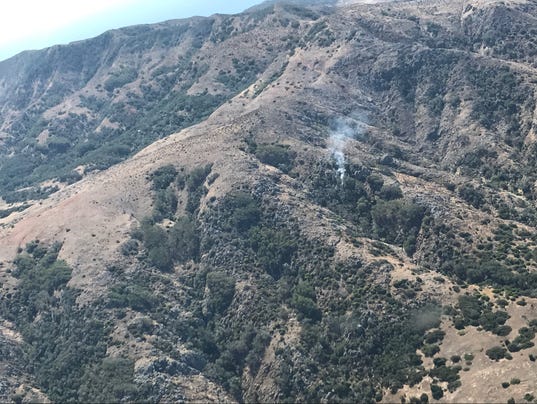Responding to wildfire on the Channel Islands raises a quandary, because there are positive and negative aspects to letting wildfire burn:
- Fire is a natural element on the Channel Islands. Many native plants depend on fire to open up areas for new growth, to renew the soil, or even jump-start seeds. As omnivores, island foxes depend on diverse and healthy native plants.
- Fire can provide unexpected abundance for predatory or scavenging animals, including island foxes. Smaller animals may get caught in the fire, while birds and larger animals might escape.
- Years of drought, however, have created areas with exceptionally dry vegetation and greater than usual build-up of wildfire fuel.
- Land animals, like the island fox, and some lesser-flying birds, like the island scrub-jay, can not escape a fire burning out of control that might consume an entire island.
- Santa Cruz Island is home to endemic plants and animals that only live on that one island and nowhere else in the world. If the entire island burned, some of these species might be driven to extinction.
- The National Park is tasked with protecting historic human cultural artifacts and structures that could be destroyed.
- People visiting the island can not easily evacuate on their own; they are dependent on sea or air transportation provided by others. The National Park must always consider visitor and staff safety.
 |
| Island scrub-jays only live on Santa Cruz Island |
 |
| 2007 Catalina Island Fire |
 |
| 'Burnie Boots' - Catalina 2007 |
Wildfire is unpredictable, and in this incidence, the negative threats outweighed the potential positives. U.S. Forestry Service smoke jumpers were called in and they parachuted down to the island to put out the fire.
 |
| Fire on Santa Cruz Island 2017 - U.S. Forestry Dept. via Ventura Co. Star |

